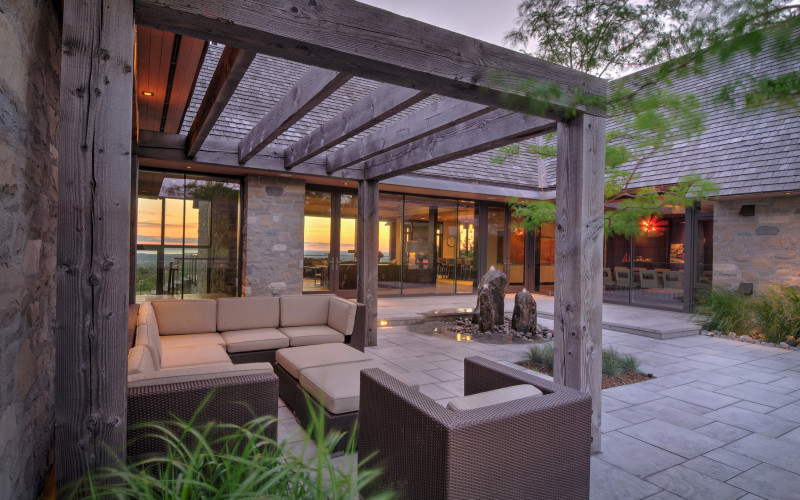Blog
Choose the Right Plants For Your Ontario Garden
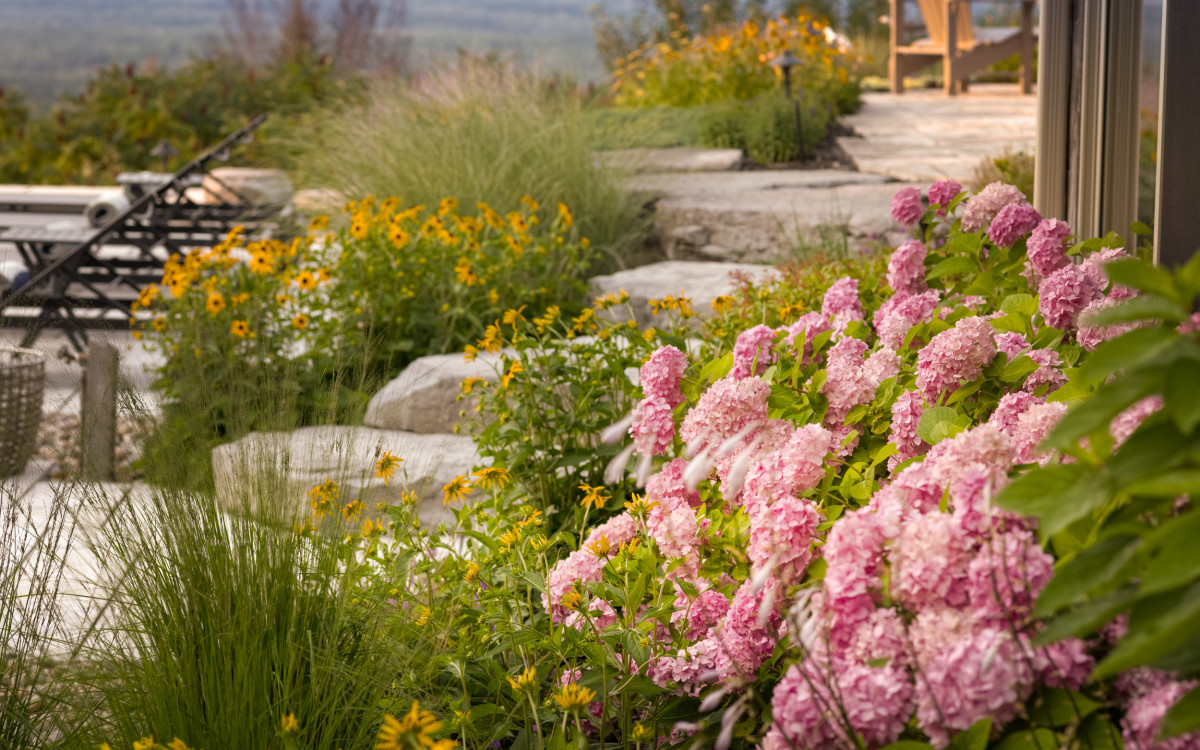
When planning a garden, it’s natural to put all your focus on the plants — but you should also be aware of how your plant choices affect your pets and the wildlife who inhabit your yard.
In this post, we’ll share some of the best plants to help you create a beautiful and functional outdoor space that is safe for your pets, attracts pollinators and is more resistant to damage from wildlife.
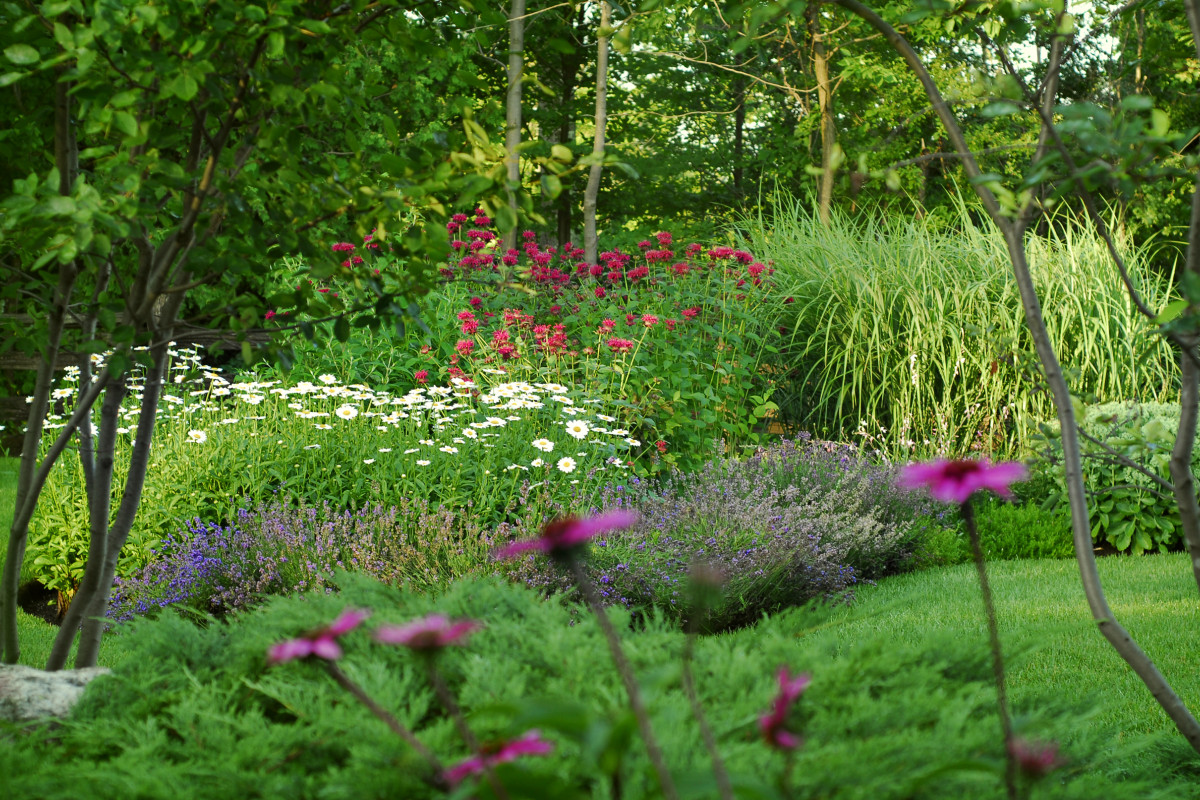
Pet-friendly plants
If you’re a pet owner, you want to make sure the plants in your garden are safe for your furry friends should they decide to nibble on them. Here are a few that are beautiful and non-toxic to cats and dogs.
Sunflower — Everyone loves sunflowers! Both the perennial and annual varieties of these cheerful yellow flowers are non-toxic to cats and dogs. But if your pet has a habit of eating the unshelled seeds it can cause mild stomach upset.
Coral Bells — This delightful perennial is easy to care for, tolerates both sun and shade and comes in an array of shapes and colours. All varieties of coral bells are safe for pets.
Bee Balm — In addition to being non-toxic to pets, this beautiful, summer-blooming perennial attracts hummingbirds, bees and butterflies. Bee balm is particularly suited to cottage-style borders and wildflower meadows.
Petunia — This versatile annual is a favourite in the summer garden. The trumpet-shaped flowers of the petunia come in a wide range of colours and will bloom non-stop all summer. All parts are safe for pets.
Marigold — Another favourite summer bedding plant, marigolds come in cheerful hues of yellow, gold, orange, red and mahogany.
There are many other plants that are also safe for pets — too many to list them all here! Even if you take great care when choosing the plants for your garden, it's important to keep an eye on your pet and supervise them whenever they’re outside in the yard.
To view a more detailed list of toxic and non-toxic plants to keep your pet safe, go to the ASPCA Toxic and Non-Toxic Plants fact sheet.
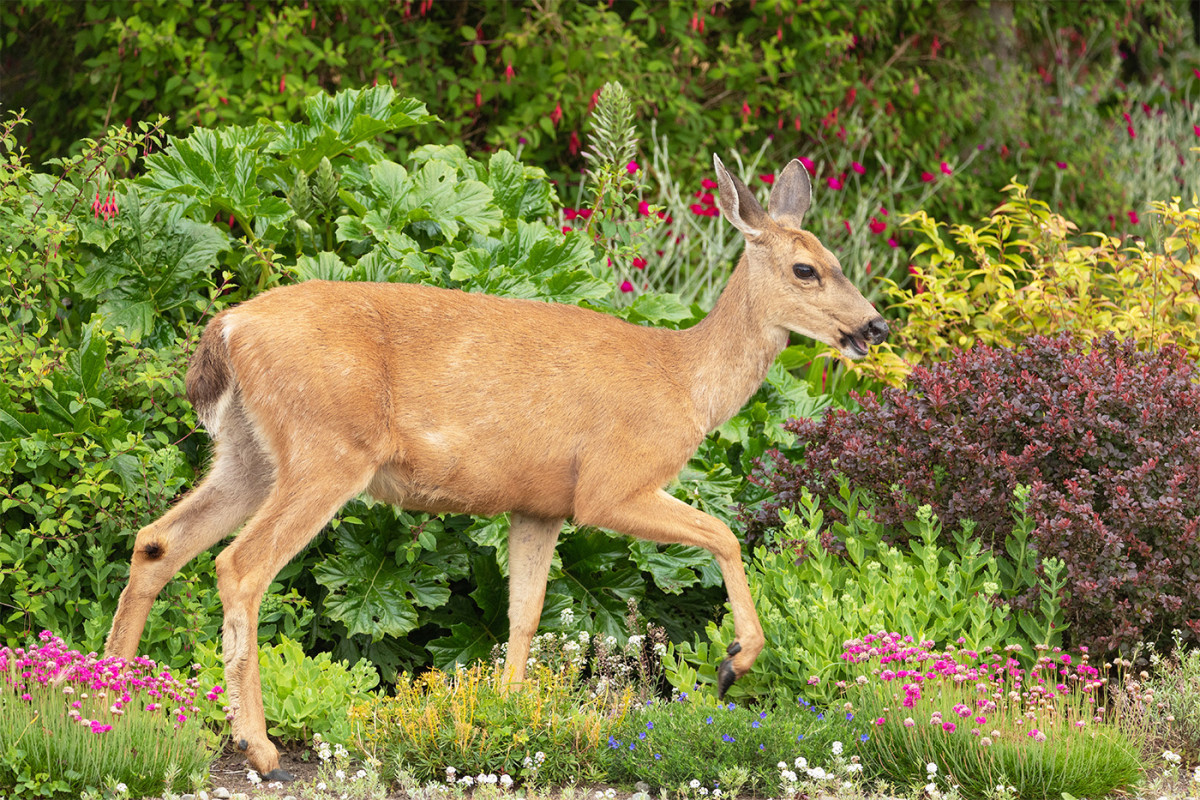
Deer-resistant plants
Deer can be a major problem for gardeners, especially if you live near a wooded area. They can cause significant damage to plants, shrubs, and trees, and even destroy an entire garden in just one night. Fortunately, there are deer-resistant plants that will help keep them out of your garden.
Barberry — These hardy and colourful shrubs have thorny stems that deter nibbling. Barberry can grow up to 6 feet tall and has leaves that turn red, orange, purple, and yellow in the fall.
Potentilla — One of the most popular landscape shrubs, potentilla is exceptionally hardy, easy to care for and blooms from June to September. Unless they’re super-hungry, deer tend to leave it alone.
Ornamental grasses — Deer tend to prefer tender, more succulent plants and are turned off by the texture of most ornamental grasses — but that texture looks great in the garden!
Catmint — Your cats might go crazy for this easy-to-grow perennial, but deer are turned off by the texture and heavy scent. Catmint is a great addition to your garden because it’s heat-tolerant, resistant to pests and disease, and blooms for months.
Deer resistant doesn’t mean deer-proof — all plants may get nibbled on from time to time. If food is scarce, deer will eat plants that are less appealing to them.
There are other effective ways to keep deer out of your garden too. Installing a fence, using netting or mesh to protect specific plants, using repellents and placing wind chimes in vulnerable areas can all help keep your plants safe.
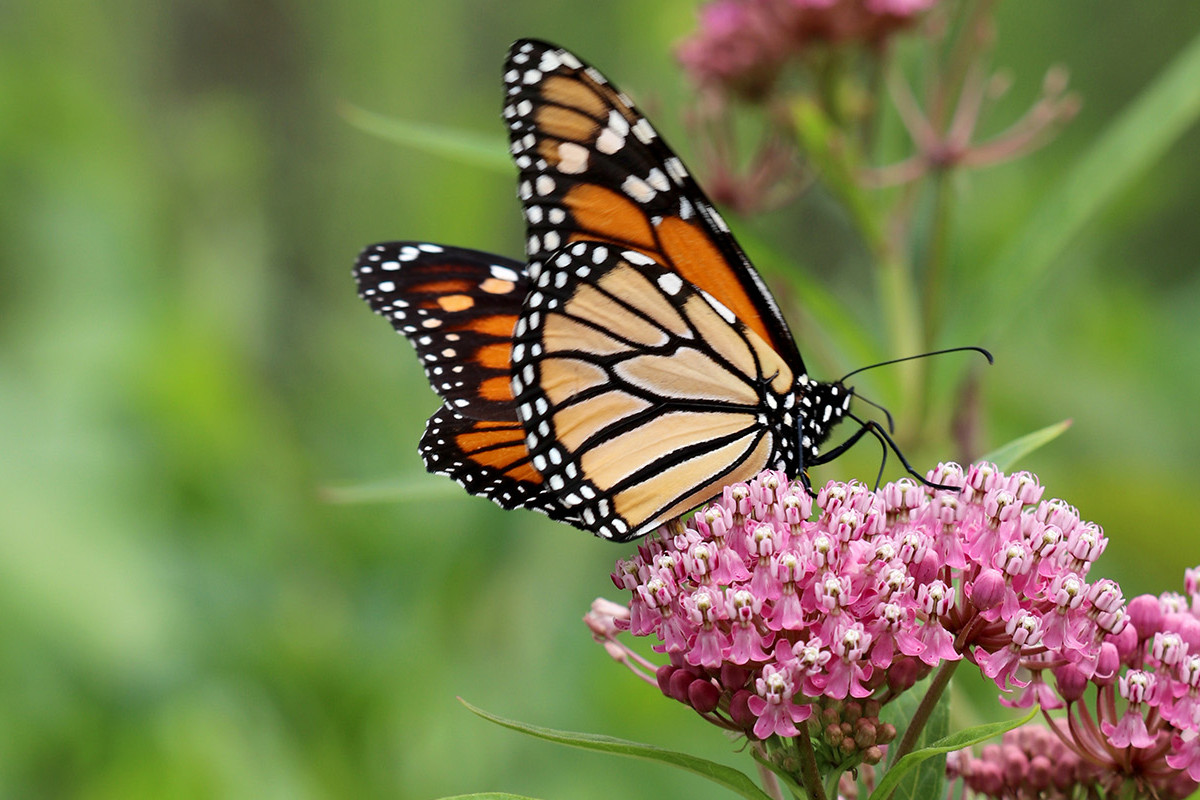
Plants to attract pollinators
In addition to being beautiful and full of life, pollinator gardens play a crucial role in supporting our ecosystem and food supply. Here are just a few plants that will attract birds, bees and butterflies to your yard.
Black-eyed Susan — These bright, daisy-like yellow flowers are a delight in any garden and attract butterflies, bees and other beneficial insects. Black-eyed Susans bloom in late summer to early autumn, giving pollinators nectar long after other flowers have faded.
Purple Coneflower — The daisy-like blooms of the purple coneflower are rich in nectar, making them popular with bees and butterflies and hummingbirds. They’re hardy, drought-tolerant and long-blooming, making them a favourite in many North American gardens.
Joe-Pye weed — Joe-Pye weed is a native wildflower with a sweet vanilla scent that is attractive to butterflies and other pollinators. It loves the sun, is hardy and easy to grow, but plant it where you can control its spread.
Swamp milkweed — Don’t be put off by the name… swamp milkweed is actually a lovely plant and is essential for the survival of the monarch butterfly. All bees and butterflies love their flowers, but the plant is toxic to humans and pets — something to consider before adding it to your garden.
A word about pesticides
Pesticides should only be used when necessary to maintain plant health. Overuse increases exposure to pets and humans and creates pest problems — such as spider mites, aphids and scape — by suppressing the predators that keep them under control.
If you do need to use a pesticide, follow these few simple guidelines.
Don’t spray during the day — Bees and other pollinators are active during the daylight hours, so spray at night or in the early morning so you don’t accidentally spray them.
Remove the flowers — Pollinators are attracted to flowers, so if you have to spray a plant, remove the flowers from it and other plants in the vicinity.
Spot spray — Try to only spray the affected plant, and avoid over-spraying.
Don’t spray on a windy day — Spraying on a windy day will spread the pesticide to other areas of your garden.
Choose organic — if possible, opt for natural alternatives, such as compost and organic pest control methods.
This is by no means an exhaustive list of plants suitable for pets, deterring deer and attracting pollinators — but it’s a start. Our designers and horticulturalists can help you plan your garden and choose the plants that are best for your circumstances.
If you’re interested in learning more or would like to speak to someone about designing a garden for your landscape, get in touch and tell us about the vision you have for your garden. We’re always happy to help!
Read More Posts
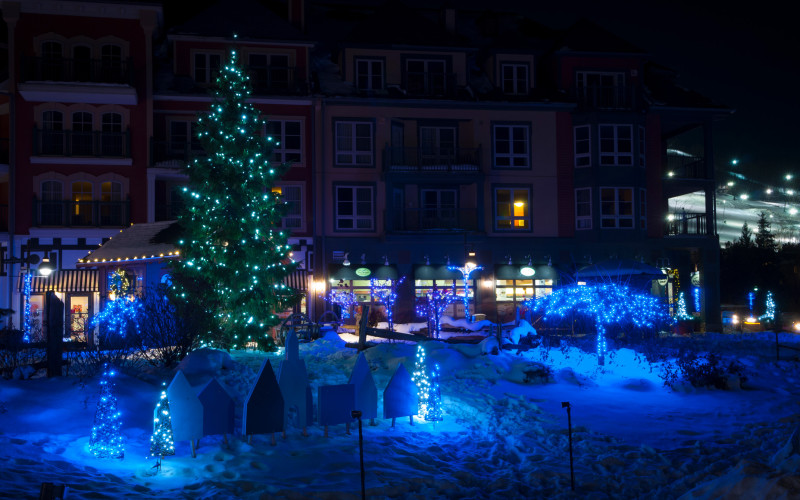
How to Host the Ultimate Outdoor Holiday Gathering
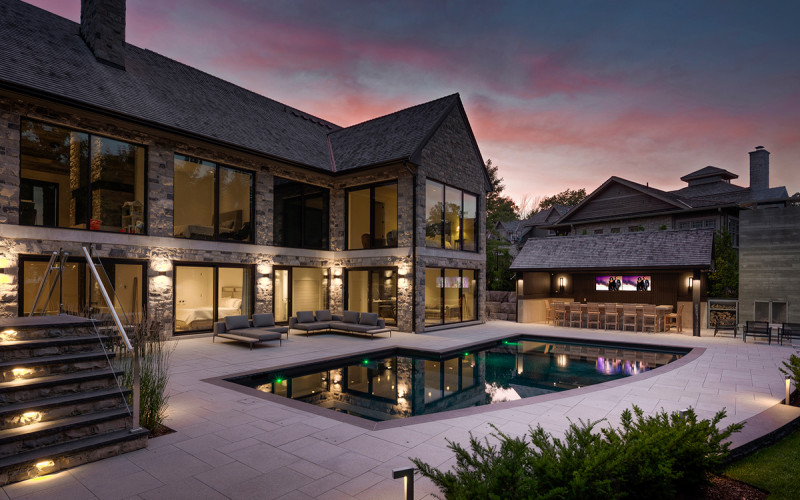
Landscape Lighting 101
